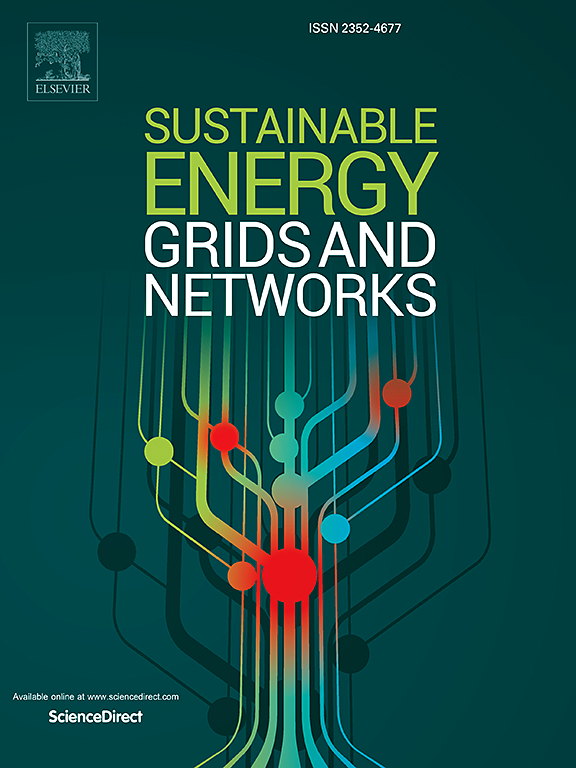Modeling and operational analysis of ship integrated energy system considering partial-load characteristics of equipment and transferable loads
IF 4.8
2区 工程技术
Q2 ENERGY & FUELS
引用次数: 0
Abstract
The rapid development of the shipping industry has brought serious energy consumption and environmental pollution issues. Efficient management of the Ship Integrated Energy System (S-IES) has become a critical necessity to promote the sustainable development of the shipping industry. Compared to onshore system, S-IES faces more complex and unstable equipment conditions and load demands, requiring more flexible and reliable system operational strategy. Energy Hub (EH) is an effective and versatile modeling method. In this study, a dynamic EH model considering partial-load characteristics of equipment and transferable loads is established. Using a cruise ship as an application case, the load scheduling schemes for different seasons are analyzed, and the results for three scenarios in each season are compared to validate the model's effectiveness. The results show that accounting for the partial-load characteristics of equipment enhances the accuracy of the system model. Introducing transferable loads improves the operational performance of the system. Compared to the scenarios considering only the partial-load characteristics of equipment, the scenarios that also include transferable loads reduce daily operating costs by 1.61 %, 1.03 %, and 2.05 %, and relatively increase the primary energy utilization rates by 1.87 %, 0.91 %, and 2.16 % in summer, mid-season, and winter, respectively.
求助全文
约1分钟内获得全文
求助全文
来源期刊

Sustainable Energy Grids & Networks
Energy-Energy Engineering and Power Technology
CiteScore
7.90
自引率
13.00%
发文量
206
审稿时长
49 days
期刊介绍:
Sustainable Energy, Grids and Networks (SEGAN)is an international peer-reviewed publication for theoretical and applied research dealing with energy, information grids and power networks, including smart grids from super to micro grid scales. SEGAN welcomes papers describing fundamental advances in mathematical, statistical or computational methods with application to power and energy systems, as well as papers on applications, computation and modeling in the areas of electrical and energy systems with coupled information and communication technologies.
 求助内容:
求助内容: 应助结果提醒方式:
应助结果提醒方式:


